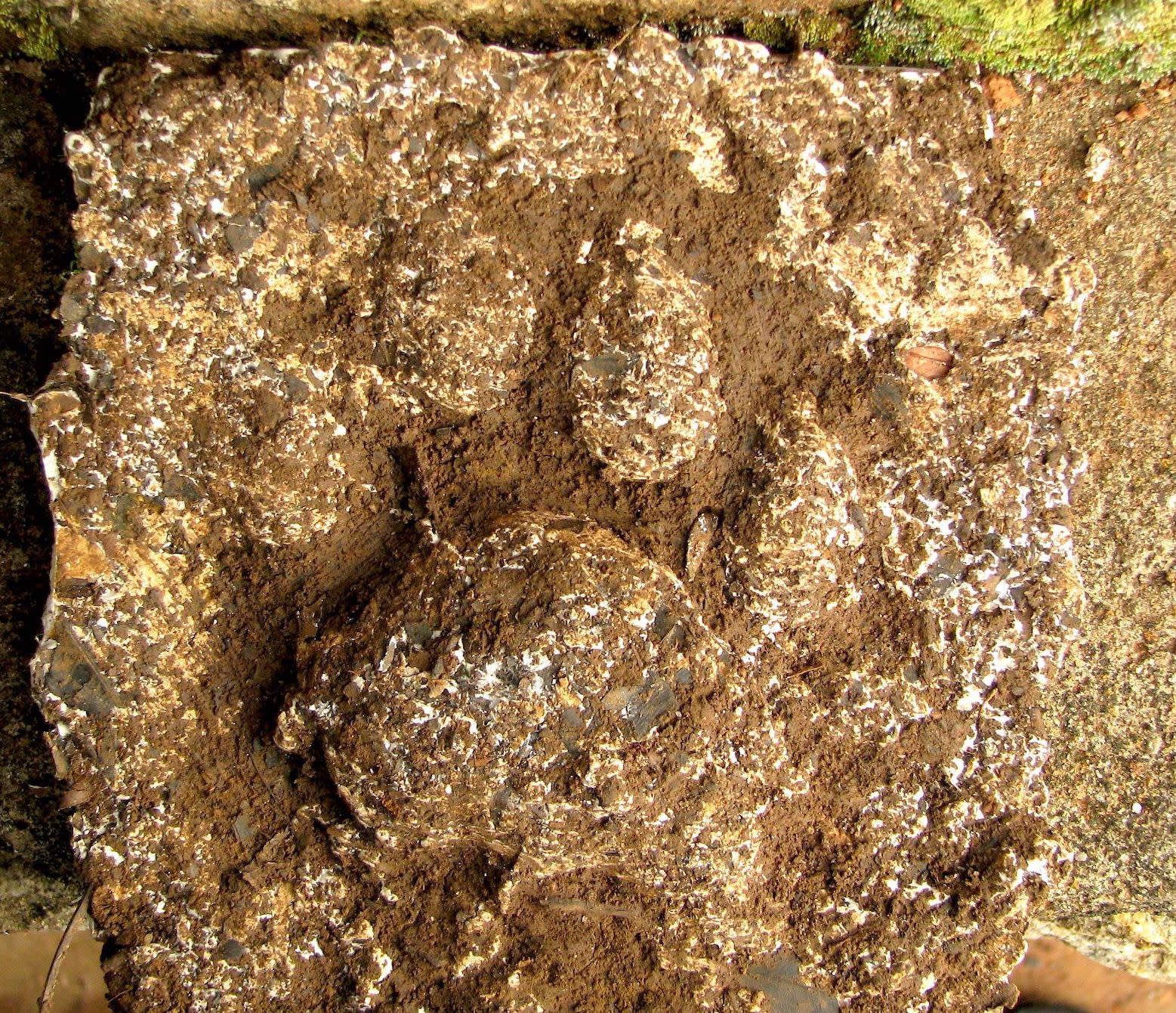 Listen to this article
•
15:34 min
Listen to this article
•
15:34 min
Forest tales
I grew up reading stories about Indian jungles and was captivated by its denizens. But as anyone who has gone into the wilderness will be painfully aware — sighting animals is a difficult task with a lot left to chance. Unless of course, you have eyes, ears, and a nose tuned to detect signs of animals and are content with knowing that they were there. For me, this fine-tuning began when I volunteered for a long-term research project in the Western Ghats, where my colleagues were documenting the presence of large herbivores based on secondary evidence, such as footprints and dung. In 2005, we began surveying what was then remote jungles of the Male Mahadeshwara Hills in Karnataka.
To help us, we had a printed sheet with representative footprints of animals found in the region. Cattle hooves, for instance, are slightly separated at the tip whereas gaur hooves are pointed. Our colleagues with slightly more experience, guided us on the nuances of identifying an animal from its droppings. The large round balls of elephant dung were obvious; chitals dropped pellets; antelopes droppings were found in community “middens”. Carnivore spoor (droppings), on the other hand, often contained a lot of animal hair and was often accompanied by scrape marks on nearby trees. Tiger spoor would be larger in both diameter and volume compared to those of leopards.. We found that sloth bear scat had a lot of seeds and that of dholes would be tapered at both ends and often the pack took a dump together.
But how do researchers know which animal leaves which kind of evidence? It’s simple — one must walk up after the animal has gone past and makes notes. This is when I picked up the habit of carrying a steel scale in my pocket whenever I ventured into wilderness areas. Otherwise, from a photograph one cannot determine the size of an animal’s pugmark.

Cover photo: A plaster cast of a tiger pugmark taken during a national tiger census at Netterikal, a remote part of Kalakad Mundanthurai Tiger Reserve.
Call signs and close calls!
In Nagarahole, I learned more from the local Kuruba tribesmen who would accompany us on surveys. If we saw elephant dung and could not see the animal, they would stick their toe into the dung and test if it was warm! If it was, then we would tread cautiously. Once, while walking on a narrow trail, we encountered a bull elephant with elegant tusks walking right towards us. Before I could react, my Kuruba guide asked me to run. Without thinking twice, I followed him, and we hid in a culvert by the road. Slowly, the elephant stepped onto and began walking on the road, passing us. It was only later that we saw that the culvert was overgrown with lantana and right where we were hiding were sloth bear droppings. Fortunately, the bear did not seem to be present.
Many years later, I was in the Kalakad Mundanthurai Tiger Reserve in Tamil Nadu, staying at a tea plantation in the reserve. Our daily ritual was to breakfast at the estate hotel and head out on a motorbike down a winding road until our sampling point, from where we would have to hike into the forest. As we went down the ghat road, we could see a bus a few bends away. At one turn, from the corner of my eye, I saw an animal get up and run into the bush. To me, it looked like a barking deer, which had never been reported in the region. Excitedly, I stopped the bike and ran into the bush to catch a glimpse of it. It was a narrow path, and I could not see the creature. Suddenly, it struck me that the animal might have been a leopard and trying to follow it was a stupid move. I turned around and walked back as quickly as I could. At the spot where I had first seen the animal, I saw a fresh pile of droppings. With the morning cold, there was still steam rising from it. Looking carefully, I noticed that it was indeed a leopard’s droppings with pugmarks around. The animal was probably squatting to take a dump when I mistook it for a deer and threw caution to the wind.
Sherlock Holmes, the wildlife biologist
Some of my other encounters with wild animals were not so scary. Once, I found a strange set of tracks — one with two sets of equidistant steps and another with offset steps with a wavy line in between. I realised later that one was a tortoise and the other a monitor lizard! In another part of the same reserve, I came across pugmarks along a sandy trail where tourists do not venture. Initially, it looked like a short person had walked barefoot but on looking carefully I noticed two kinds of pugmarks, a short and a long one. The animal had walked on the trail for over 500 m when suddenly, tiny versions of the same paw prints joined the large ones. With the morning sun throwing ghost-like shadows, we sat there rejoicing in the fact that under cover of night, a sloth bear had ambled along the trail. The sudden appearance of tiny pugmarks was surely a cub which had presumably piggybacked on mother bear until then.

The wildlife encounters I cherish are times when the animal leaves signs: a tiger scrape on a tree, or mud on tall tree as an elephant probably scratched its sides after wallowing in the mud. Animals leave behind clues and their silent presence can be felt by anyone who cares to take notice. Perhaps that is why I am dismayed when I see people scrambling to spot wildlife and get upset upon not finding any. As Confucius said, “Everything has beauty, but not everyone sees it”.












